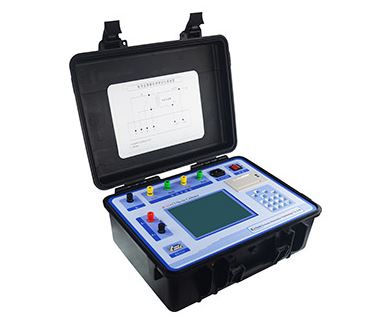How current transformer work
Release Time : 2017-10-19 View Count : 次In the supply and supply of electricity, the current varies greatly, ranging from a few amps to tens of thousands of amps. In order to facilitate the measurement of instruments and meters, it is necessary to convert to a relatively uniform current, and the voltage on the supply line is relatively high. For example, direct measurement is very dangerous for instruments, meters and people.
The current transformer designed for this purpose acts as a variable current and electrical isolation.

Most of the pointer current display instruments are amperage, so the secondary current of the current transformer is mostly amperometric (such as 5A, etc.), and the signal sampled by the computer is generally milliampere (0~5V, 4~ 20mA). Wait). For this purpose, a miniature current transformer (secondary current is milliampere) is used as a bridge between the current transformer and the computer sampling signal to perform secondary transformation of the current.
The current transformer is composed of a primary coil, a secondary coil, a core, an insulating support, and an outlet terminal.
The core of the current transformer is made up of silicon steel sheets. The primary coil is connected in series with the main circuit, and through the measured current |1, it generates alternating magnetic flux in the core, so that the secondary coil induces the corresponding secondary current 12. (The rated current is 5A). If the excitation loss is neglected, thenI1n1 = I2n2, where n1 and n2 are the turns of the primary and secondary coils, respectively. The current transformer has a current conversion ratio of
K=l1/l2=n2/n1. Since the primary coil of the current transformer is connected in the main circuit, the primary coil must be grounded to an insulating material suitable for the primary line voltage to ensure the safety of the secondary circuit and the human body.






